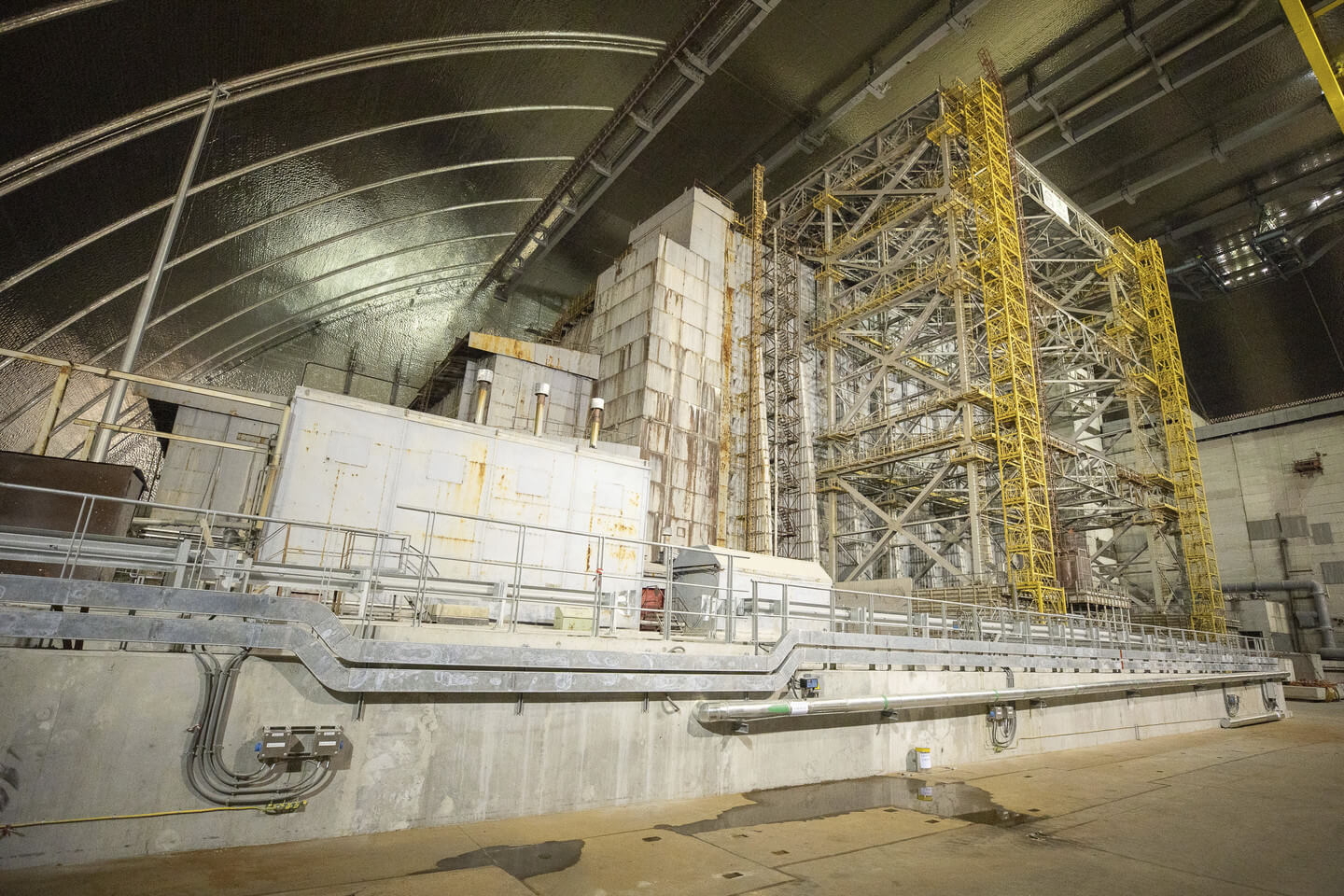
Fungi That Absorbs Radiation Has Been Growing All Over Chernobyl Plant
The organism could be used to protect humans and equipment on the International Space Station.
By: Tesla Telegraph | Guest Post
For a long time, scientists have known that certain types of fungi are attracted to radiation, and can actually help to break down and neutralize radiation in certain environments. The radioactive site of the abandoned Chernobyl Nuclear Power Plant has acted as a real-life laboratory in many ways over the years, giving researchers a look into the physical impact that radiation has on plant and animal life.
In 1991, while a team of researchers was searching the Chernobyl area remotely with robots, they noticed black-spotted fungi growing on the walls of one of the nuclear reactors. They also observed that the fungi appeared to be breaking down radioactive graphite from the core itself.
“The fungi also seemed to be growing towards the source of the radiation, as if it was attracted to it.”
Follow up research in 2007, at the University of Saskatchewan found that different types of fungi are attracted to radiation. A team led by Professor Ekaterina Dadachova observed that some types of fungi grew more rapidly when exposed to radiation.
Japan Plans To Build Undersea Tunnel To Help Dump Radioactive Water From Fukushima Into The Pacific
The three species that were tested were Cladosporium sphaerospermum, Cryptococcus neoformans and Wangiella dermatitidis, all of which grew faster when exposed to radiation.
“The scientists believe that since these species had large amounts of the pigment melanin, it allows them to absorb things like radiation and convert it into chemical energy for growth.”
Another follow-up study, in which eight species collected from the Chernobyl area were sent to the International Space Station (ISS) began in 2016, but has yet to be published. Scientists are eagerly awaiting the results of the study, considering that the samples are being exposed to between 40 and 80 times more radiation than they would here on Earth.
“If this study is successful, experts hope that the knowledge gained can be used to produce drugs that could protect astronauts from radiation on long-term missions.”
It has also been suggested that the results of this study could lead to the development of fungi-based cancer treatments.
* * *
NEXT UP!
How Many Moons Does Saturn Have?
There’s a race happening in our solar system, but it has nothing to do with gravitational mechanics or velocity. Astronomers who study the gas giant planets of Saturn and Jupiter are in a close competition to see who can discover more moons — and it’s anybody’s game.
At this point, ringed Saturn has the most moons of any planet in the solar system, but exactly how many moons does Saturn have? And how does that compare to massive Jupiter’s count?
* * *
READ MORE: Ex-SpaceX Engineers Bring Mars Colony Tech To Earth
Interesting! This Is What The James Webb Telescope Saw On Titan
Telegram: Stay connected and get the latest updates by following us on Telegram!
We’d love to hear from you! If you have a comment about this article or if you have a tip for a future Collective Spark Story please let us know below in the comment section.
